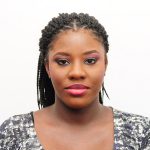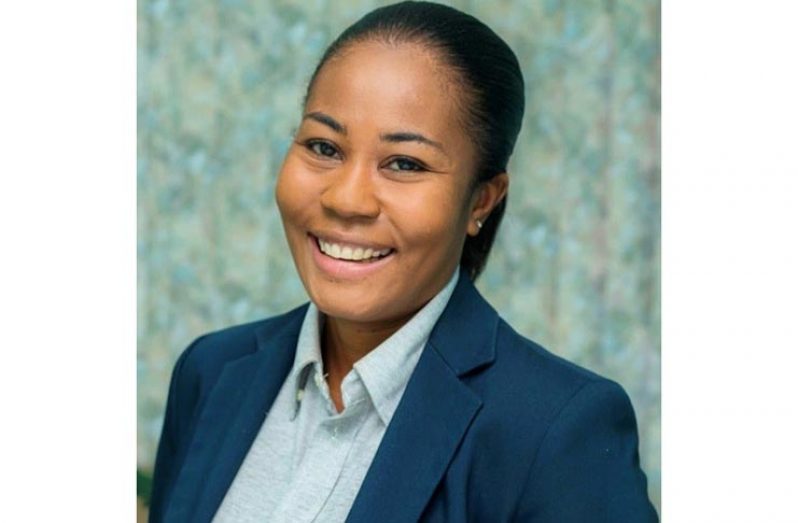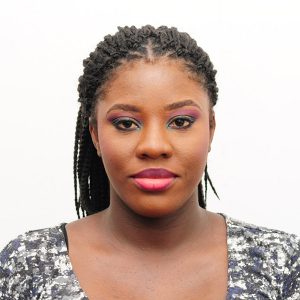…says Director of Rehabilitation Services
By Tamica Garnett
BEGINNING in just a small room at the Georgetown Public Hospital Corporation (GPHC) with only three physiotherapists, rehabilitation services in Guyana has since expanded to being available in all 10 Regions across Guyana, with Rehab Centres in areas as far out as Bartica, Lethem and Mahdia.
The Ministry of Public Health (MoPH) has the responsibility of providing rehabilitation services to ensure that any persons suffering with impairment and disabilities can also regain the opportunity to enjoy an optimum quality of life. When the services first began it was run by Principal Physiotherapist, Janice Simmons alongside Jackie Thomson and Matthews.
This year the MoPH will be celebrating “Rehab Week 2020” from June 21 – 26, which will celebrate strides that have been made in the sector over the past few years. “We have really grown, in that now we have five speech therapists, six occupational therapists and 35 physical therapists,” noted current Director of Rehabilitation Services, Dr. Ariane Mangar.
Mangar has held the position for the past five years, and said that, over that period, the services offered have also greatly increased. ‘We’ve really grown and now optometry is under rehab services, which is looking at the eye. Through that we provide low-priced spectacles to persons with impaired vision. Other rehab services include audiology which provides hearing aids to persons with hearing loss, and we have our disability services and also provide speech occupational therapy,” Mangar noted.
However notwithstanding the significant growth, demand for the services is growing exponentially faster than supply. “Every day we have increased disability with increased road accidents, and people with chronic diseases, such as diabetes, which leads to a lot of amputation and high blood pressure which leads to strokes. As well, we have more people going to gym now and exercising, so we’re having more orthopedic injuries,” Mangar explained.’
When rehabilitation services first began 71 years ago physiotherapy was the only service offered. However, as rehabilitation services in Guyana developed from its 1949 start, during the 1970s there was the introduction of specialised services for children with physical disabilities, and there was the establishment of the Polio Centre in Guyana, now called the Ptolemy Reid Rehabilitation Complex. There was also a special facility, the Cheshire Home for children and young adults requiring long-term care.
Throughout the 1970s the services also adopted the use of ultra violet lighting for the treatment of bed sores; visits to the medical, surgical and maternity wards at the GPHC, pre and post-operative treatment for surgical patients, as well as Lamaze Classes for pregnant women.
Work was also done at the Malnutrition Ward at the GPHC, providing for children who had developmental delays due to severe malnutrition. These children were sent to the Convalescent Home, and programmes to train the caregivers were established to ensure correct care for these children. Similar programmes were also organized at the David Rose Special School.
The need for more human resources in the service paved the way for the incorporation of other renowned physiotherapists such as Hyacinth Massey, Rehabilitation Officer at the National Rehab Complex (Ptolemy Reid Rehabilitation Centre) and former Director of Rehabilitation Services in Guyana; as well as Geraldine Halls. Both persons attended physiotherapy training programmes in the United Kingdom.
By 1985, the number of physiotherapists in Guyana grew to 16, including well-known physiotherapists Beverly Nelson, who runs the Sports Clinic, and Barbara Lawrence, who succeeded Massey as Director of Rehabilitation Services in Guyana, and also manages the Palms Rehabilitation Institute, which caters to persons with either brain or spinal cord injuries.
By the end of the 1980s, the local physiotherapy services expanded well beyond the Georgetown Unit, with the addition of units all across the country.
There was also the initiation of the Community-based Rehabilitation (CBR) programme by Halls. Such started in Region Four for children with disabilities, and provided services to communities in which rehabilitation services were not easily accessible, and later expanded to CBR centres nationwide.
These units included the Mc Kenzie Hospital, the Bess Hospital (West Demerara Hospital), at the time operated by Sharon Harper, and the New Amsterdam Hospital Unit, at the time operated by Paula Alexander, and later taken over by Nelson.
The therapists often worked from Monday to Saturday, sometimes working late into the night.
The 1980s also saw the introduction of the training of physiotherapy assistants. The physiotherapy assistants training, however, was discontinued in the mid-1990s and a new cadre of assistant-level rehabilitation practitioners was introduced, guided by Halls.
In 2004, seven Guyanese were sent to Cuba to be trained in physiotherapy. They returned in 2009 and began practising. Subsequently, the Medical Rehabilitation Degree Programme was introduced at the University of Guyana in 2010. To date, thirty five persons have graduated from the programme.
The first batch of locally-trained Occupational Therapists graduated in 2017, while the first batch of locally trained Speech and Language Therapists graduated in 2018.
This degree programme is continuously growing, with an increasing number of students enrolling each year.




.png)









